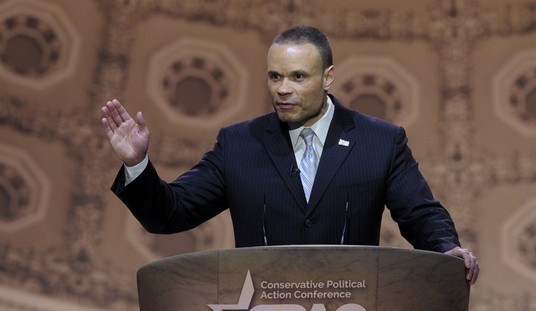Why does college cost so much?
There are two basic reasons. The first is that people will pay what the colleges charge. The second is that there is little incentive for colleges to reduce the tuition they charge.
Those who want the government to provide subsidies to help meet the high cost of college seem not to consider whether government subsidies might have contributed to the high cost of college in the first place.
In any kind of economic transaction, it seldom makes sense to charge prices so high that very few people can afford to pay them. But, with the government ready to step in and help whenever tuition is "unaffordable," why not charge more than the traffic will bear and bring in Uncle Sam to make up the difference?
The president of a small college once told me that, if he charged tuition that was affordable, even an institution the size of his would lose millions of dollars of government money every year.
In a normal market situation, each competing enterprise has an incentive to lower prices if that would attract business away from competitors and increase its profits.
Unfortunately, the academic world is not a normal market situation.
Some of the ways of cutting costs that a business might use are not available to a college or university because of restrictions by the accrediting agencies and the American Association of University Professors.
There was a time, back in the early 1960s, when my academic career began, when many -- if not most -- colleges had their faculty teaching 12 semester hours and a few had teaching loads of 15 semester hours.
Recommended
Spending even 15 hours a week in a classroom may not seem like a lot to people who spend 35 or 40 hours a week on the job. However, there is also the time required to prepare lectures, grade tests and do other miscellaneous campus chores.
Even so, 12 hours a week in a classroom is not a killing pace, especially for professors who have taught a few years and have their lecture notes from previous years to help prepare for the current year's classes.
But that was then and this is now. Today, a teaching load of more than 6 semester hours is considered sweatshop labor on many campuses.
Incidentally, since academic class hours are 50 minutes long, 6 semester hours mean actually 5 hours a week in the classroom.
Why was it considered necessary to cut the teaching load in half? Mainly because professors were expected to do more research.
Why was more research considered necessary? Because research brings in more money from the government, from foundations and from other sources.
On many campuses, a beginning faculty member cannot expect to be promoted to a tenure position unless he or she brings research money into the campus coffers.
Once 6 semester hours of teaching becomes the norm, an individual college that tried to economize by having its faculty teach 9 or 12 semester hours could run into trouble with the American Association of University Professors and the accrediting agencies.
The University of Colorado law school had its accreditation by the American Bar Association put in jeopardy simply because they did not spend enough money on books for their law library -- even though their students passed the bar exam on the first try at a higher rate than the law students at Harvard and Yale.
The criteria used by most accrediting agencies are based on inputs -- essentially spending -- rather than results for students.
Competition among academic institutions therefore seldom takes the form of lowering their costs of operation, in order to lower tuition. The incentives are all the other way.
Competition often takes the form of offering more upscale amenities -- posh lounges, bowling alleys, wi-fi, finer dorms.
None of this means better education. But, so long as the customers keep buying it -- with government help -- the colleges will keep selling it.























Join the conversation as a VIP Member